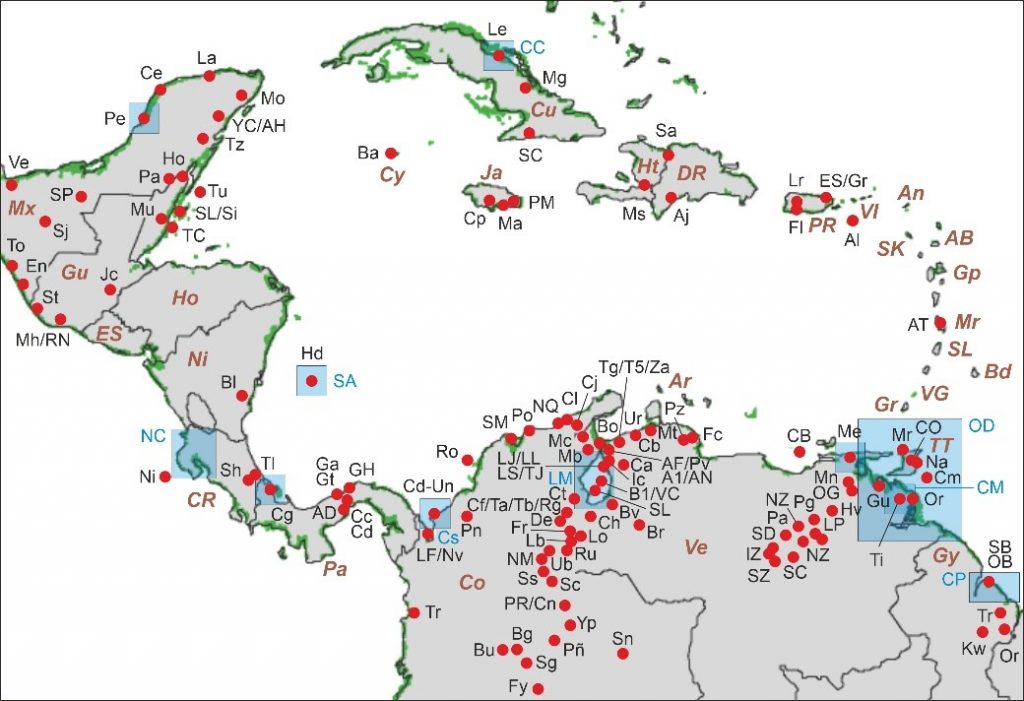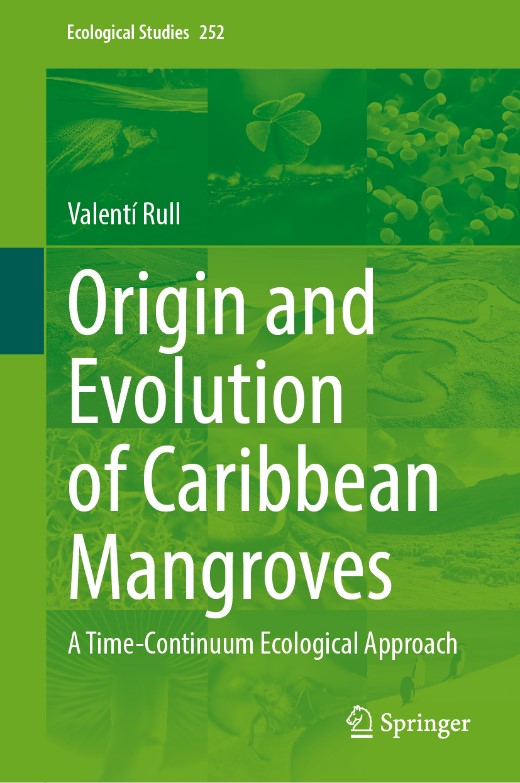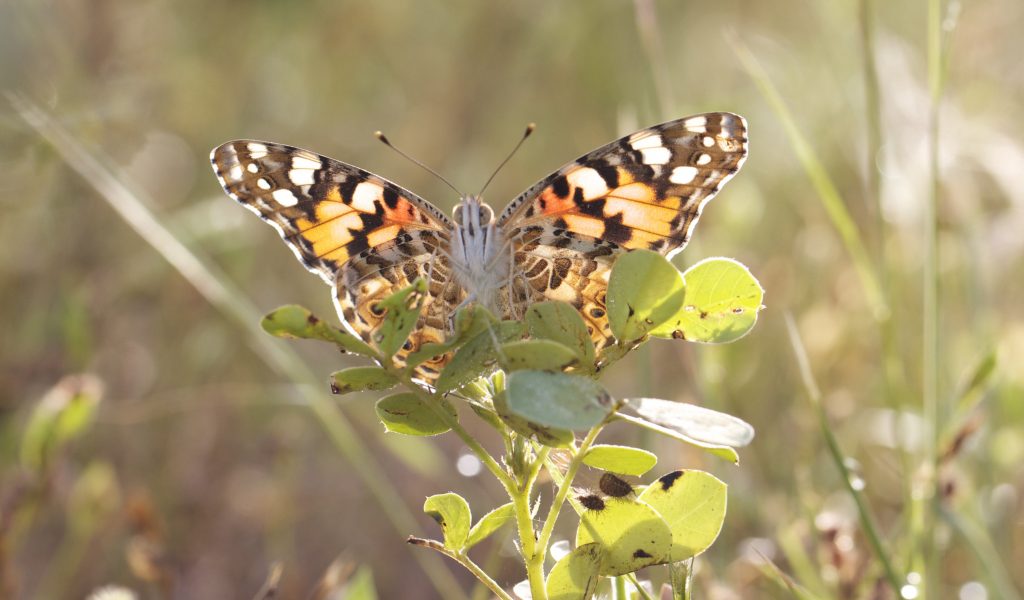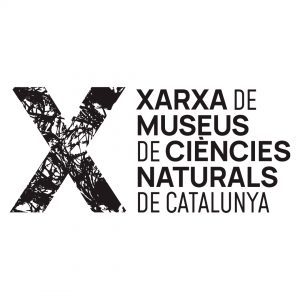A new book summarizes the origin, evolution, diversification and biogeography of mangroves in the Caribbean region, a Neotropical hotspot
Mangroves are intertidal forests that play a crucial role in safeguarding and sustaining the diversity and ecological dynamics of tropical and subtropical coastal ecosystems. Additionally, they offer a wide array of ecological and cultural services to human societies. By sequestering carbon in their organic-rich sediments, mangroves stand out as the foremost blue-carbon ecosystems, contributing significantly to global warming mitigation. Despite their importance, mangroves face severe threats and are among the world’s most endangered ecosystems. Effective mangrove conservation and restoration actions require sound ecological and evolutionary knowledge.
A newly published Springer Nature book by IBB researcher Valentí Rull develops and analyzes a comprehensive Caribbean-wide database (CARMA, for CARibbean MAngroves) encompassing over 150 localities from the Late Cretaceous to the Quaternary. This work aims to unravel the origin of these low-latitude communities and their evolutionary, paleoecological, and biogeographical trends over time, along with the main environmental drivers of change, including tectonics/continental drift, climatic, eustatic, and anthropic factors. The book employs a time-continuum integrative approach that circumvents the human past-present dissociation and the associated conceptual drawbacks.

The book contains eight chapters and is organized chronologically. After an introductory chapter, the second chapter summarizes the present-day state of Caribbean mangroves as communities. The third chapter addresses the origin of Caribbean mangroves, focusing on the debate about when and how these ecosystems emerged, and challenges the classical view of a Late Cretaceous origin by regional differentiation from an assumed pantropical Tethian mangrove belt. The fourth chapter discusses the most intense evolutionary turnover undergone by the Caribbean mangroves, associated with the Eocene-Oligocene global cooling and sea-level fall, which caused global biotic turnovers. Chapter 5 examines the long Neogene evolutionary stasis recorded since the major EO evolutionary turnover, followed by a relatively recent (Pliocene) diversification burst that shaped the extant Caribbean mangrove communities. The influence of Pleistocene environmental shifts and the impact of Holocene human activities, along with the corresponding climatic-anthropogenic feedbacks and synergies, are discussed in Chapter 6. Chapter 7 presents an evolutionary synthesis centered on the Pelliciera–Rhizophora ecological interactions, defining a taxon cycle. Chapter 8 summarizes the main conclusions and discusses the potential applications of paleoecological and evolutionary studies for mangrove conservation and restoration.

The electronic version of the book is available here, and can be downloaded by chapters under subscription. The front matter is available for free from the same website. Reference Rull, V. 2024. Origin and Evolution of Caribbean Mangroves. A Time-Continuum Ecological Approach. Srpinger Nature, Cham. ISBN 978-3-031-57611-9
















